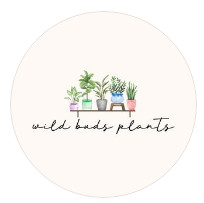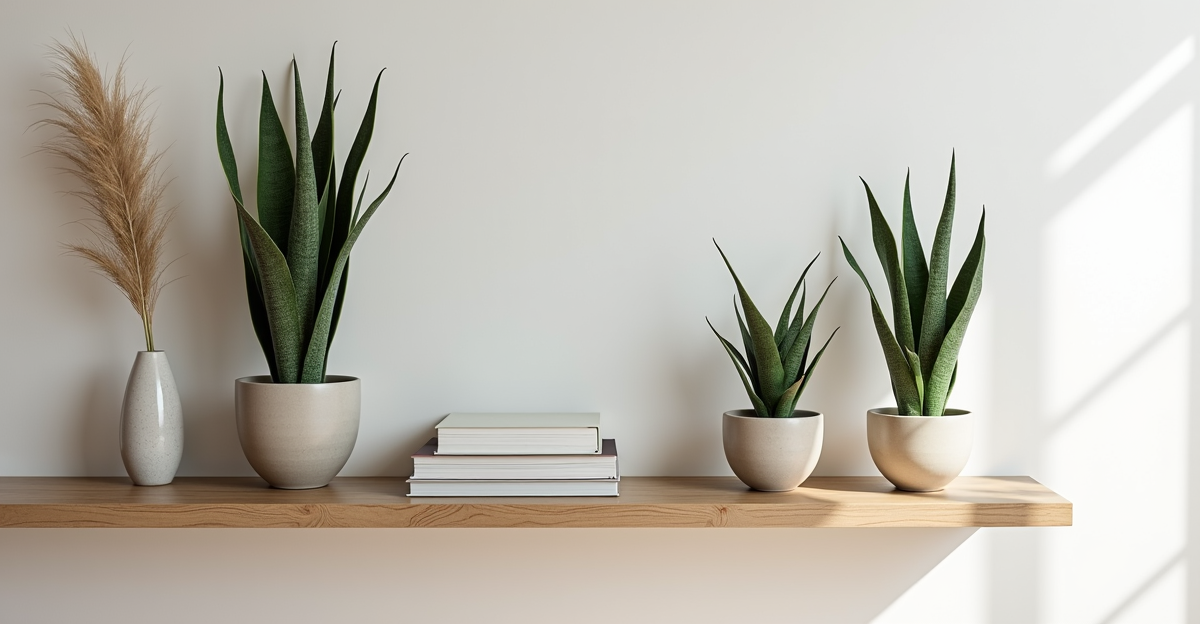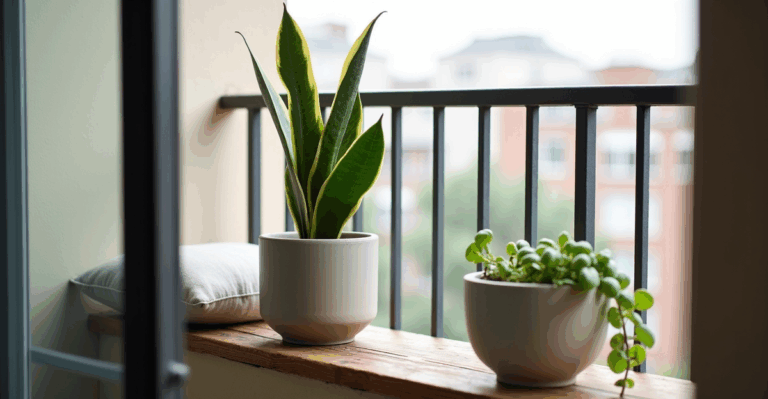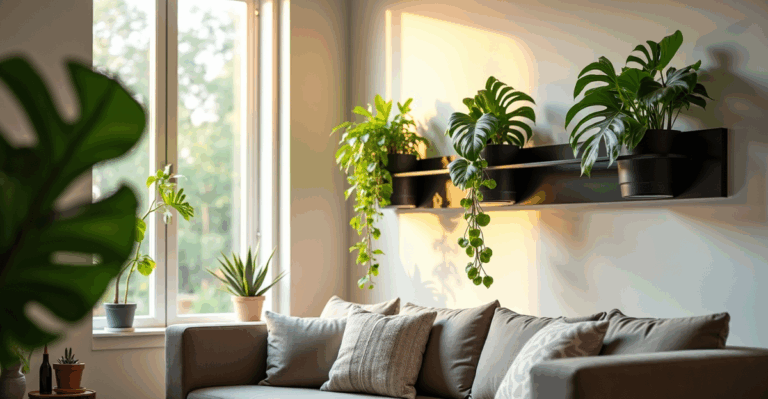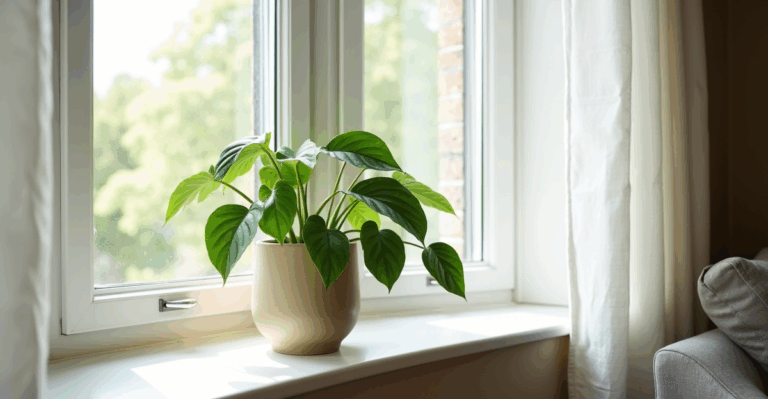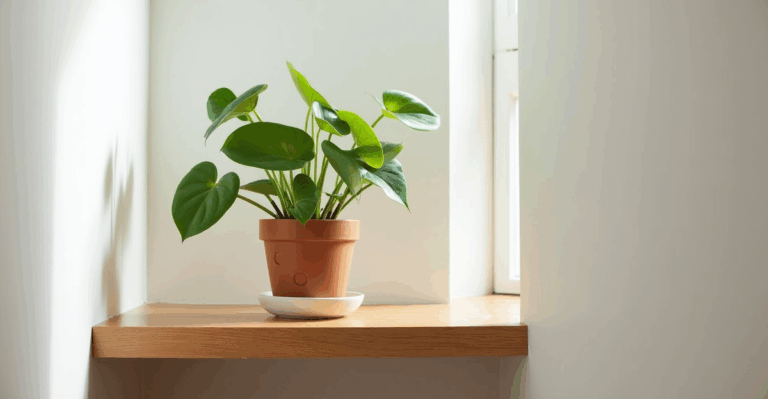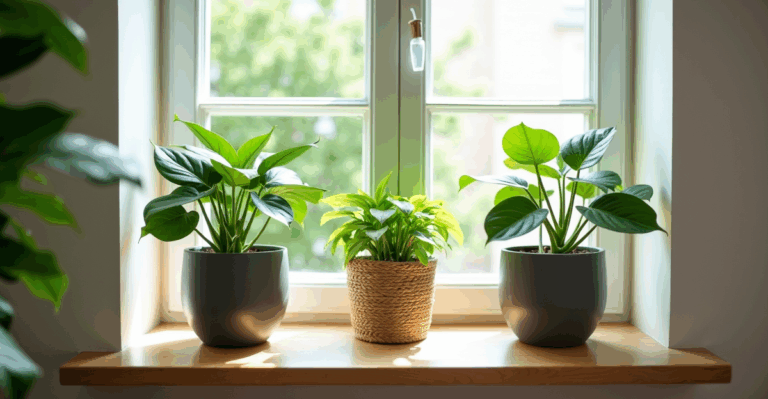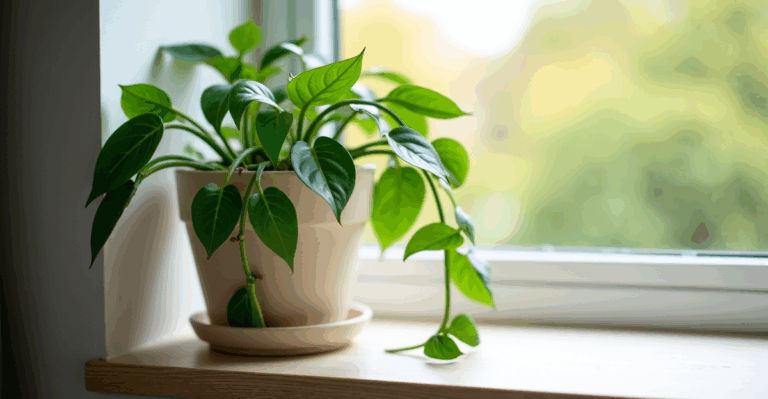The Bookshelf That Breathes: Styling Snake Plants in Low Light (Without the Guilt)
You’ve finally cleared the clutter off your bookshelf. The spines gleam, the coffee table book is perfectly centered, and your favorite ceramic vase holds a single stem of dried grass. Then you place that one snake plant—its stiff, sword-like leaves a welcome green note in the corner. A few weeks later, you’re worried. The tips are turning mushy. The leaves are yellowing. You know you’re not overwatering… but the shelf is in that north-facing corner, buried between the Atlas Shrugged and your old college textbooks. Sound familiar? It’s the most common low-light styling mistake: assuming any plant will thrive in dimness without adjusting care. Snake plants are tough, but even they need the right conditions to look their best on your shelf. Let’s fix that.
Why Snake Plants Are Your Bookshelf’s Secret Weapon
Snake plants (Sansevieria trifasciata) aren’t just tolerant of low light—they’re practically built for it. Their natural habitat is the understory of African forests, where dappled light filters through the canopy. This means they need far less light than most plants you’d see in a bright window. For your bookshelf, especially one in a north-facing room or a hallway with no direct sun, they’re a no-brainer. They absorb light efficiently, grow slowly (which is great for tight shelves), and handle infrequent watering like champs. Plus, their architectural shape—tall, upright, with that subtle pattern—adds structure without competing with your books.
The Hidden Trap: Low Light Still Needs Light (and Watering is Key)
Here’s what most people miss: low light doesn’t mean no light, and it definitely doesn’t mean you can water like it’s a sunroom. Snake plants in low light go into a near-hibernation. Their roots need moisture to survive, but they don’t need frequent watering. Overwatering in low light is the #1 killer here. The soil stays damp too long, leading to root rot—visible as yellowing leaves, mushy bases, or a foul smell. We’ve seen it happen countless times with booksellers who love the look but don’t adjust care.
The Simple Fix: Water Only When the Soil’s Dry (Really Dry)
Forget the “once a week” rule. For low-light snake plants on bookshelves, water only when the top 2–3 inches of soil feel dry to the touch. Stick your finger in. If it’s still cool and damp at that depth, wait. This could be every 2–3 weeks in winter, or even 4–6 weeks in a very dim spot. Why? Because in low light, the plant isn’t photosynthesizing much, so it uses water far slower. The soil dries out much slower than in a sunny spot. When you water, do it thoroughly—pour until water drains out the bottom—but then empty the saucer immediately. Standing water = root rot. This isn’t just theory; it’s the single biggest factor in keeping your shelf plant thriving.
Styling Smart: Height, Texture, and the Power of Negative Space
Your bookshelf isn’t a plant rack; it’s a curated display. Snake plants add verticality without being overwhelming. Here’s how to style them thoughtfully:
- Lead with the Plant, Not the Books: Place the snake plant slightly off-center on the top shelf. Let it be the anchor, not hidden behind a stack of novels. This creates visual weight and draws the eye.
- Vary the Height: If you have multiple snake plants (a small Sansevieria cylindrica next to a taller S. trifasciata), place them at different heights on the same shelf. The curved leaves of cylindrica create a lovely contrast against the straighter trifasciata. Avoid putting them directly next to each other—space them 3-4 inches apart so each has room to breathe.
- Texture is Everything: Pair the snake plant’s sleek, leathery leaves with books that have rough covers (like linen or thick paper) or textured pottery. A matte ceramic planter next to a vintage leather-bound book creates a grounded, earthy feel. Avoid glossy finishes or tiny, identical vases—they compete with the plant’s natural form.
- Embrace Negative Space: Don’t cram every inch. Leave a few inches of empty shelf space around the plant. It makes the greenery feel intentional, not crowded.
The Planter Factor: Why Your Choice Matters (Especially in Low Light)
This is where most styling fails. A heavy, non-draining pot in a low-light setting is a recipe for disaster. Here’s why:
- Drainage is Non-Negotiable: Even in low light, water needs to escape. A pot with no drainage holes traps moisture, guaranteeing root rot. Always use a pot with drainage holes under your plant. If you love a decorative pot (a ceramic cachepot, say), place it over a simple plastic pot with holes. Never put the plant directly into a decorative pot without a liner.
- Weight & Stability: Snake plants get top-heavy as they grow. A heavy pot (like thick terracotta) can make the shelf look unbalanced or even cause it to tip if bumped. A lightweight but sturdy pot (like a well-made plastic or modern ceramic) keeps the shelf looking clean and secure.
- Material Matters: Terracotta dries out faster (good in bright light, bad in low light where you don’t want it drying out too quickly). Plastic or glazed ceramic holds moisture better, which is perfect for low-light snake plants. But avoid opaque plastic that traps heat—glazed ceramic or modern matte plastic is ideal.
Real-World Example: The North-Facing Bookshelf in a Dry Winter Apartment
Imagine your bookshelf in a north-facing bedroom. The room gets cool, dry air from the window in winter, and the light is soft and consistent but not bright. You have a snake plant in a heavy ceramic pot without drainage, sitting on a shelf above a stack of textbooks. The soil stays damp for weeks, and the leaves start turning yellow at the base. You’ve been watering every 10 days like you did with your sunroom peace lily.
The Fix: You repot the snake plant into a lightweight, well-draining pot with drainage holes (glazed ceramic or modern plastic). You move it to a spot on the shelf where it gets the most indirect light (maybe the edge, not the very back). You check the soil weekly with your finger. You water only when the top 2–3 inches feel dry—maybe once every 4–6 weeks in winter. You use a saucer under the pot and empty it after watering. Result? The plant stabilizes, the yellowing stops, and the leaves regain their deep green vibrancy. The shelf now looks intentional, not like a plant was accidentally left there.
Edge Cases & What to Watch (No Fear, Just Facts)
- Winter Dryness: Low light + dry indoor air = slow growth and possible leaf tip browning. Solution: Mist the leaves lightly once a week (not the soil!) or place a small humidifier nearby. Don’t increase watering—it just creates more dampness.
- Seasonal Shifts: As spring arrives and light increases, your snake plant might start growing faster. Increase watering frequency slightly (check soil more often), but never back to a sunny window schedule. Still, water only when the top 2–3 inches are dry.
- Pests in Low Light? Rare, but possible. If you see tiny webs (spider mites), wipe leaves with a damp cloth. If you see tiny flies (fungus gnats), let the soil dry out completely between waterings (which you should be doing anyway).
- Repotting Shock: If you need to repot a struggling plant (due to root rot), do it gently. Use a pot one size larger (not two sizes bigger), a well-draining mix (cactus/succulent mix works great), and wait a week before watering. The plant will recover faster.
Your Low-Light Shelf, Styled Right
Styling a bookshelf with snake plants in low light isn’t about finding the perfect plant—it’s about understanding what that plant needs to thrive in your specific space. It’s about respecting their slow pace, giving them the right amount of water (only when dry!), and choosing a planter that supports that. It’s not about forcing them into a bright spot or drowning them in water. It’s about creating a calm, green moment that feels effortless, where the plant isn’t just there—it’s part of the room’s quiet rhythm.
You’ve got the books. You’ve got the space. Now it’s just about making sure your snake plant feels right at home. And when you’re ready to grow your setup—where every detail works together—you’ll find beautiful, functional options.
When you’re ready to grow your setup, explore our 3D-printed planters.
